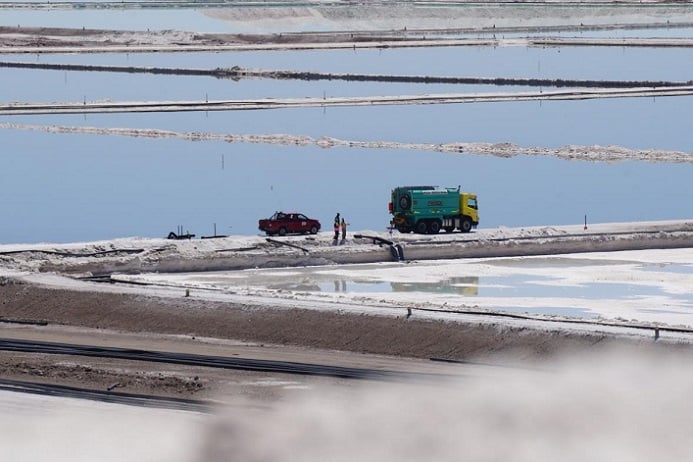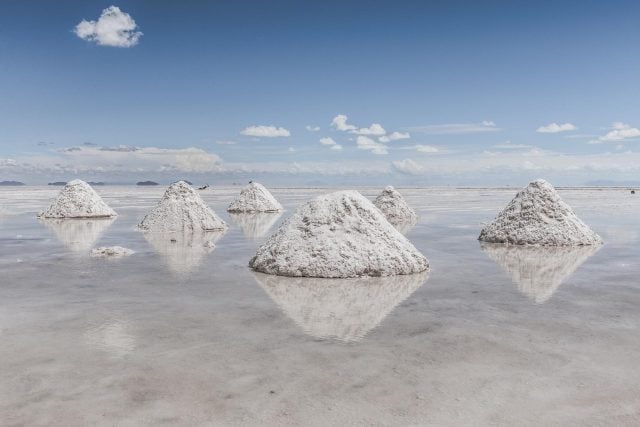Original article: ¿Podría el litio perder valor ante el desarrollo de las baterías de sodio y las nuevas reservas descubiertas en Alemania?
In recent years, lithium has emerged as a central topic in the global energy debate. Chile, home to some of the largest reserves in the world, is at the heart of the discussion. However, a recent discovery in Germany and technological advancements regarding sodium batteries raise important questions about lithium’s long-term potential.
In this context, Yanko Moreno, a chemistry expert from the University of La Serena, addressed the current situation, suggesting that to grasp the commercial value of lithium, one must closely examine what happens within a battery.
«The core has a positive charge, and electrons, which have a negative charge, orbit around it. An electron is attracted to the positive core, but if I offer another core with an even greater positive charge, the electron will want to move toward that. In this leap, I can harness its movement to power a light bulb or operate a small motor,» the researcher explained.
Dr. Yanko Moreno added that a battery acts as an energy reservoir where electrons possess potential energy. The greater the ‘jump’ they can make, the more energy is generated; lithium has a unique advantage here, offering one of the largest energy ‘jumps.’
«The larger the jump, the more energy is obtained,» the academic noted. This is why lithium batteries currently dominate mobile phones, laptops, and especially electric vehicles. However, he cautioned that working with metallic lithium presents hazards—it reacts violently with water—leading the industry to stabilize it by combining it with graphite or other compounds.
Why is Sodium Seen as a New Alternative?
Sodium is abundant and inexpensive, the academic replied, noting that «the Chinese are already working on sodium battery prototypes.»
«Let’s remember the lesson of saltpeter. When we had the ‘Chilean nitro’ business, Germany developed synthetic ammonia, and we lost our leadership. The same could happen with lithium if we don’t act swiftly,» Professor Moreno warned, emphasizing that although sodium may not provide as much energy as lithium, its availability and low cost make it a promising competitor.
The Difference Between Latin American and German Reserves
The so-called Lithium Triangle—comprising Chile, Argentina, and Bolivia—holds a significant portion of the world’s lithium reserves. In Chile, the mineral is extracted from brines found in salt flats.
«In simple terms: we extract a saline solution containing lithium, place it in solar evaporation ponds, the water evaporates, and lithium carbonate or hydroxide precipitates,» Moreno elaborated.
Germany, on the other hand, has lithium embedded in rock, making extraction more costly and complex. Specifically, the country recently announced the discovery of 43 million tons of lithium in the Altmark region of Saxony-Anhalt.
«In Chile, the process is simpler but entails water consumption, raising environmental alarms,» Dr. Yanko Moreno recalled, insisting that «it’s essential to seek mechanisms to recover water and return it to the ecosystem.»

Continue reading about this topic:
The Citizen





